If you haven’t heard of Realme, they are a Chinese smartphone company. They have been releasing phones for quite a while now and have pushing out new phones in the matter of months. Despite the ‘Pro’ moniker, the Realme 7 Pro is competing in the mid-range smartphone market.
On their website, you’ll find many series of phones, but there are mainly three main categories – (1) X Series (eg. X50 Pro), (2) Numerical series (eg. 7 Pro), and (3) C Series (eg. C17). X being the flagship, Numerical being mid-range, and C being budget.
Unboxing
In the box, you’ll find the following:
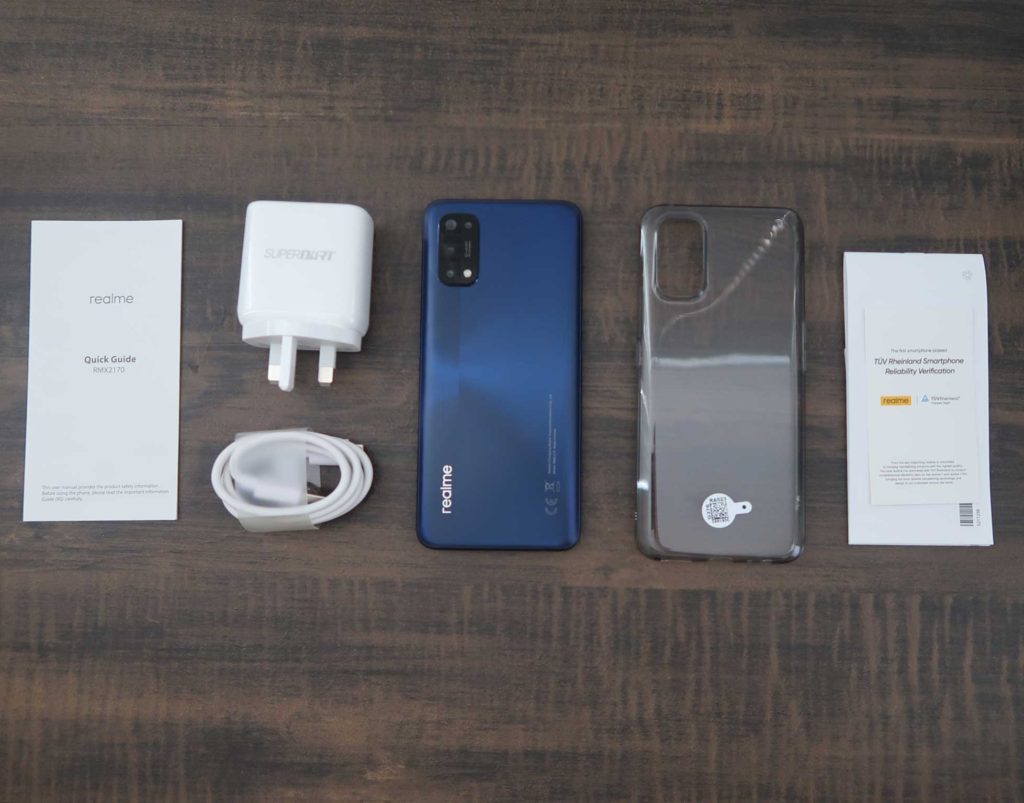
- Realme 7 Pro Smartphone
- 65W SuperDart charger
- USB-A to USB-C cable
- Clear TPU case
- SIM-ejector pin
- User manual
Tech specs
| Processor | CPU: Qualcomm Snapdragon 720G, 8nm, Octa-core, Up to 2.3GHz GPU GPU: Adreno 618 AIE:5th Generation Qualcomm AI Engine |
| Charging & Battery | 65W SuperDart Charge 4500mAh Massive Battery Includes a 10V/6.5A Charging Adaptor USB Type-C Port |
| Display | 16.3cm (6.4”) Super AMOLED Fullscreen – Resolution: 2400×1080 FHD+ – Screen-to-body Ratio: 90.8% – PPI: 409 – Corning Gorilla Glass |
| Camera | 64MP Primary Camera 26mm, f/1.8 Sony IMX682 Sensor, 1/1.73” Sensor Size 8MP Ultra wide-angle lens 16mm, FOV 119°, f/2.3 B&W Portrait Lens f/2.4 Macro lens 4cm Focal Distance, f/2.4 4K/30fps Video Recording 1080P/120fps 720p/240fps Slo-mo Video Recording |
| Storage & RAM | RAM:8GB LPDDR4x Dual-channel ROM:128GB UFS 2.1 |
| Size & Weight | 160.9mm * 74.3mm * 8.7mm (H * W *D) Weight ≈ 182g |
| Sensors | Magnetic Induction Sensor / Light Sensor / Proximity Sensor / Gyro-meter / Acceleration Sensor |
Build quality and design
The Realme 7 Pro has a relatively simple design. The back of the phone has a two tone colour block design that splits in the middle of the camera module. The back is also made from plastic and comes in a matte finish. There are two colour options available for the Realme 7 Pro – Mirror Blue and Mirror White. The review unit I have is the Mirror Blue variant.
Build quality is pretty good, the buttons are responsive, though the volume buttons do feel more clicky than the power button. The buttons are also well-placed so your thumbs and fingers reach them easily without overly stretching to reach. You also get a 3.5mm headphone jack and a USB-C port for charging and data transfer. Realme 7 Pro supports Dual SIM and additional external micro SD storage.
Screen
Realme 7 Pro features a 6.4-inch Super AMOLED display, which is a significant improvement over the 6.6-inch IPS LCD display on the older Realme 6 Pro. Like most Android smartphones on the market, the Realme 7 Pro has really thin bezels with about 90.8% screen-to-body ratio, with the only noticeable bezel being the huge chin. There is also a cut-out front 32MP camera at the top left hand corner.
Switching to an AMOLED panel however does have some features sacrifice. If you’re used to the 90Hz smooth refresh rate that the Realme 6 Pro has, the new Realme 7 Pro only has up to 60Hz refresh rate. Colours wise, the Realme 7 Pro’s AMOLED screen is more punchy and delivers more contrast.
Battery
Realme 7 Pro packs a 4,500mAh battery and it is more than sufficient to get me through a full day of use, with includes having Always-On display enabled and general social media and internet browsing and media consumption. Speaking of Always-On display, you can schedule when you wish for it to be enabled so when you’re sleeping, the screen can turn off as well.
A big upgrade the Realme 7 Pro received was the 65W SuperDart charging technology. Like the OnePlus 8T, you can juice up your phone under 40 minutes which becomes really helpful when you’re in urgent need of battery. For a mid-range phone priced, this feature is a great addition.
Camera
Realme 7 Pro packs 4 cameras on the rear of the phone:
- 64MP Primary Camera, 26mm, f/1.8
- 8MP Ultra wide-angle lens, 16mm, FOV 119°, f/2.3
- 2MP B&W Portrait Lens, f/2.4
- 2MP Macro lens, 4cm Focal Distance, f/2.4
You wouldn’t really use the 2-megapixel macro lens as the images you get are not sharp. The other 2-megapixel B&W portrait lens though does seem to help with Portraits.
Ultrawide to 5x
The images that are shot on the main camera on the Realme 7 Pro is pretty good for a mid-range smartphone. The photos have decent detail, and does not feel overly sharpened or processed. The main lens offers up to 10x zoom, but as the 10x requires you to slide the zoom level up the way to the right, I only tested up to 5x which was a tap away on the camera UI.
Image quality starts to suffer at 2x level, and at 5x level it is usable for reference, but probably not for social media sharing. As for colours, the main lens is different from the ultrawide. The ultrawide is actually more colour accurate, as the main lens seems to be warmer and slightly over saturated on the blue hues. Both lens though loses details in the shadows. Use the slider below to see the comparison:


Portrait mode
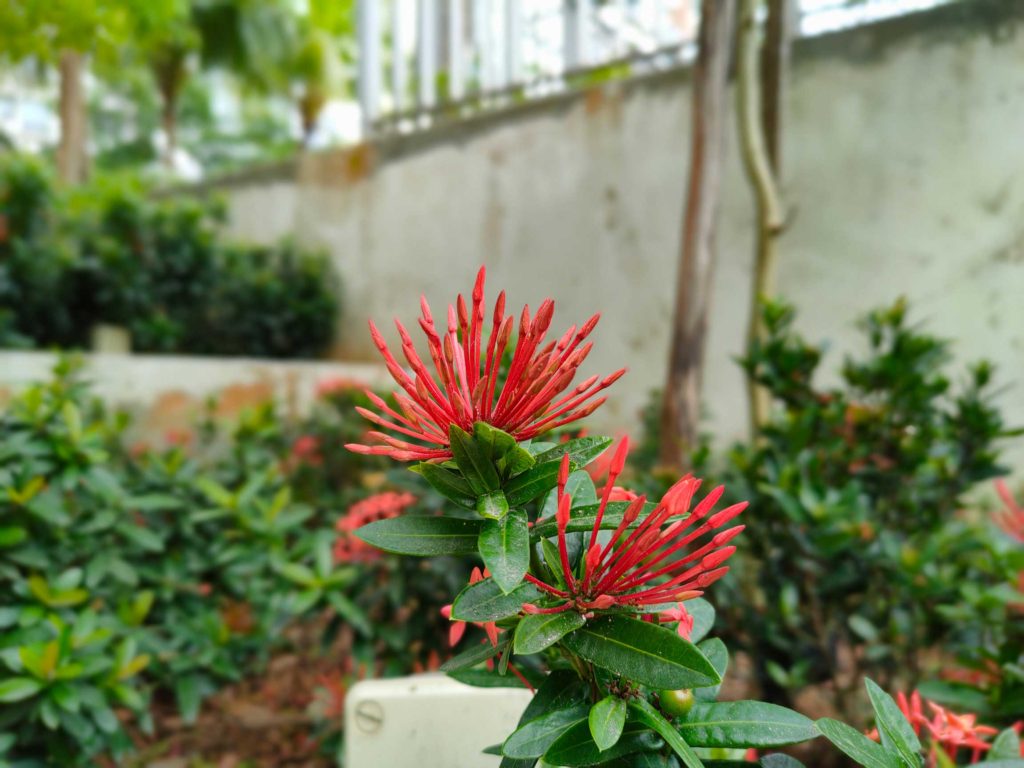
Portrait mode on the Realme 7 Pro is surprisingly good. The outlines for bokeh are traced rather accurately and neatly. This could likely be due to the B&W Portrait Lens which provides depth information for the phone.
Night mode
The Night mode function of the Realme 7 Pro works decently well. You will be able to get much better photos in dark surroundings as long as there is sufficient light. Rule of thumb is as long your eyes can decipher the surroundings, the Realme 7 Pro should be able to bring out brighter shot with Night mode. Clarity and detail is not the best, as observed with the photo example below you can at least get shots you previously will not be able to. Use the slider below to see the comparison:


But when performing a complete darkness test, ie. my eyes cannot really make out what the surroundings are like, the Realme 7 Pro struggles with detail but it is still able to give you a sense of what you are looking it at – which is actually very commendable coming from a mid-range phone.
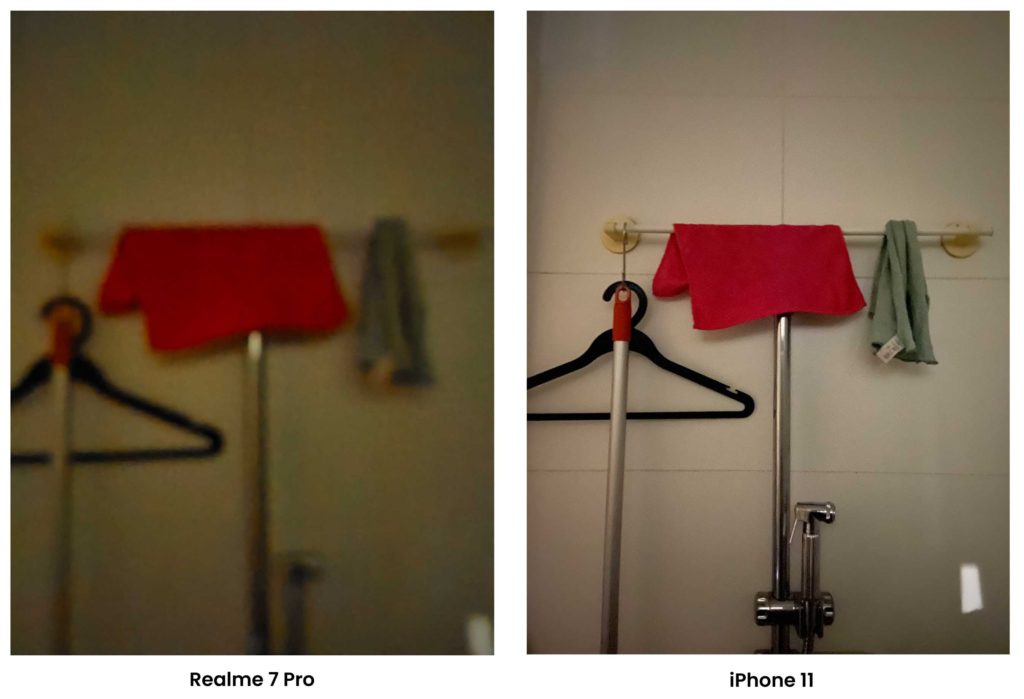
User Interface (UI) and Performance
Realme 7 Pro runs on Realme UI on top on Android 10. Despite the new name of Realme UI, the OS largely feels like Oppo’s ColorOS. The icons are round by default, by you can change them to a roundish-square shaped called ‘Pebble’ in the settings.
One thing that surprised me about Realme UI is that the stock apps contains ads. Like those banner ads you’d see on this blog or other websites. Thankfully, you can turn this off in the settings by going to Additional Settings -> Get Recommendations. But other than that, the UI feels rather fluid and the interface is generally responsive and easy to use.
For security of the phone, you can lock the Realme 7 Pro either by using Face Unlock or the in-display fingerprint scanner. The in-display fingerprint scanner is quite responsive and unlocks the phone quickly.
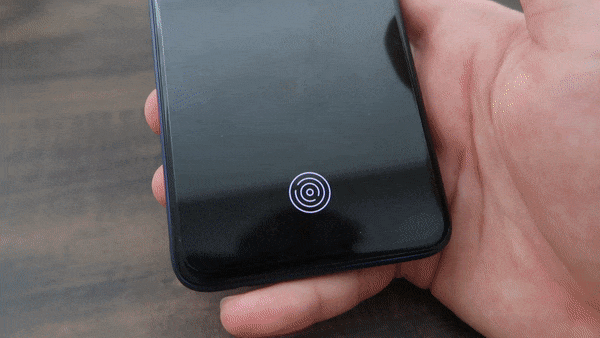
As for performance, Realme 7 Pro is equipped with a Qualcomm Snapdragon 720G, Adreno 618 GPU, and 8GB of RAM. It handles day-to-day tasks well and is good enough for occasional gaming. Realme 7 Pro also comes with 128GB of internal storage which I believe is just the right amount of storage for your photos, videos and applications.
Conclusion
There are many mid-range phones flooding the smartphone market making hard to have a single go-to model. For Realme 7 Pro, it chooses to focus on a key areas such as its Super AMOLED 6.4″ screen, 65W SuperDart fast charging, and in-display fingerprint sensor. These coupled with the Snapdragon 720G produces a reliable performing smartphone for its S$499 price tag.
However, when you start comparing the Realme 7 Pro to other competitors such the Pixel 4a and Poco X3, it becomes a little harder to choose. Any phone you choose, you gain some and also lose some of each’s strengths. So if you find the strengths of Realme 7 Pro leaning more towards your use case, perhaps the Realme 7 Pro is a smartphone you can consider.


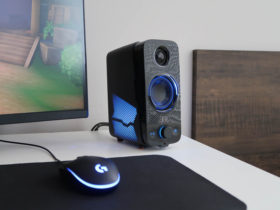
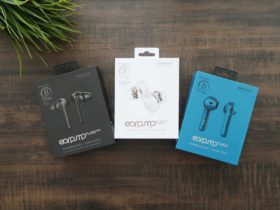
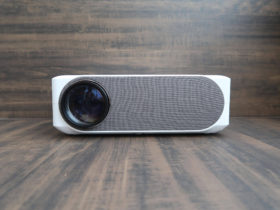

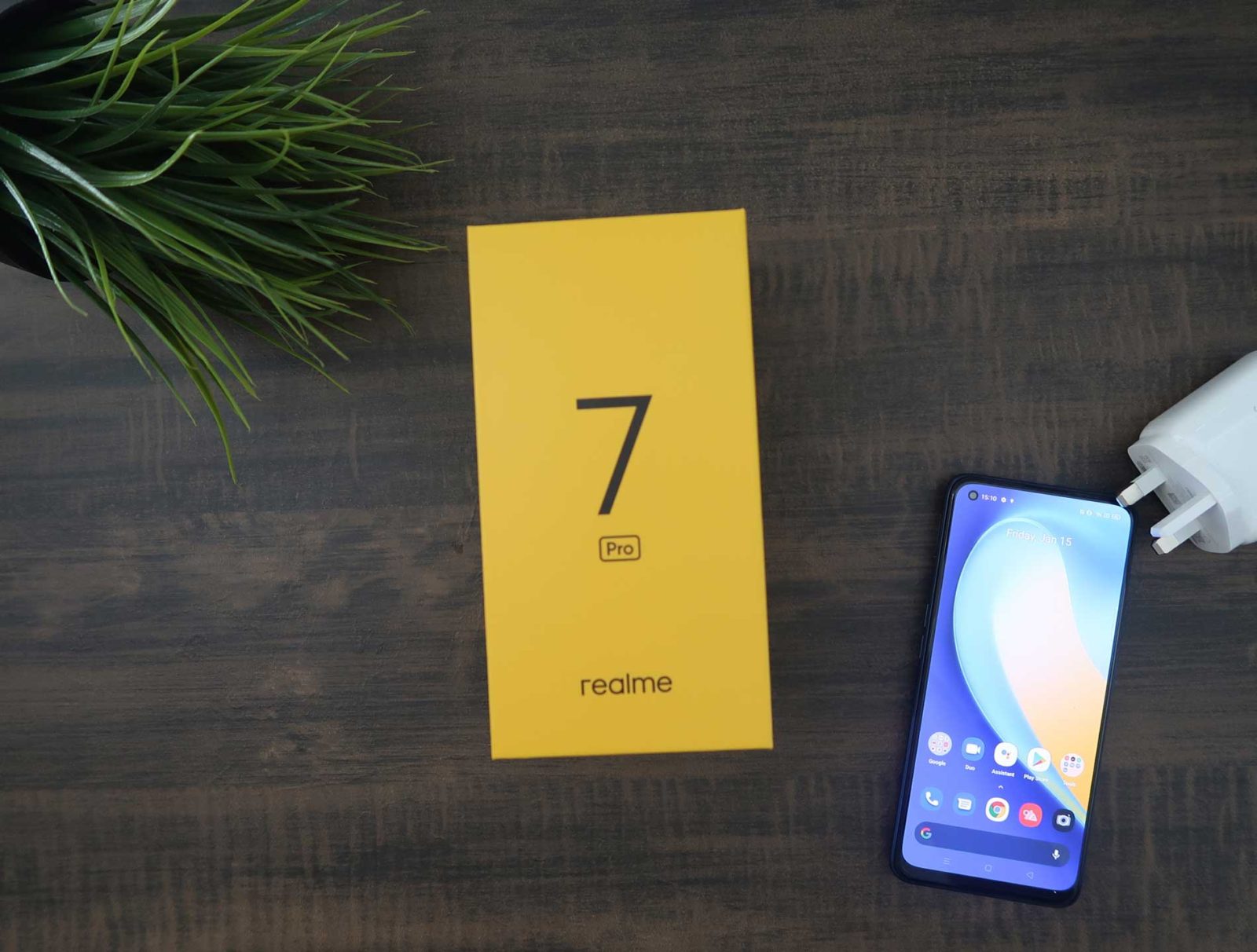
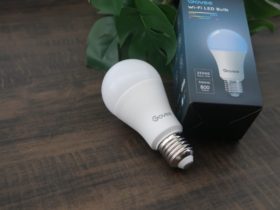


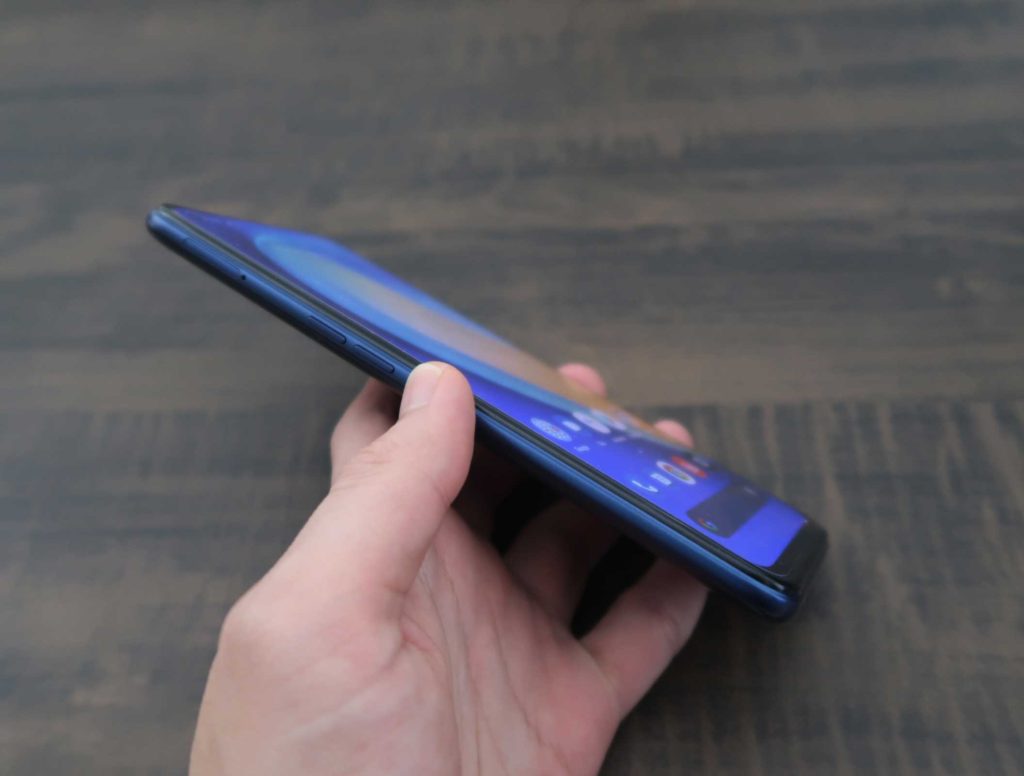
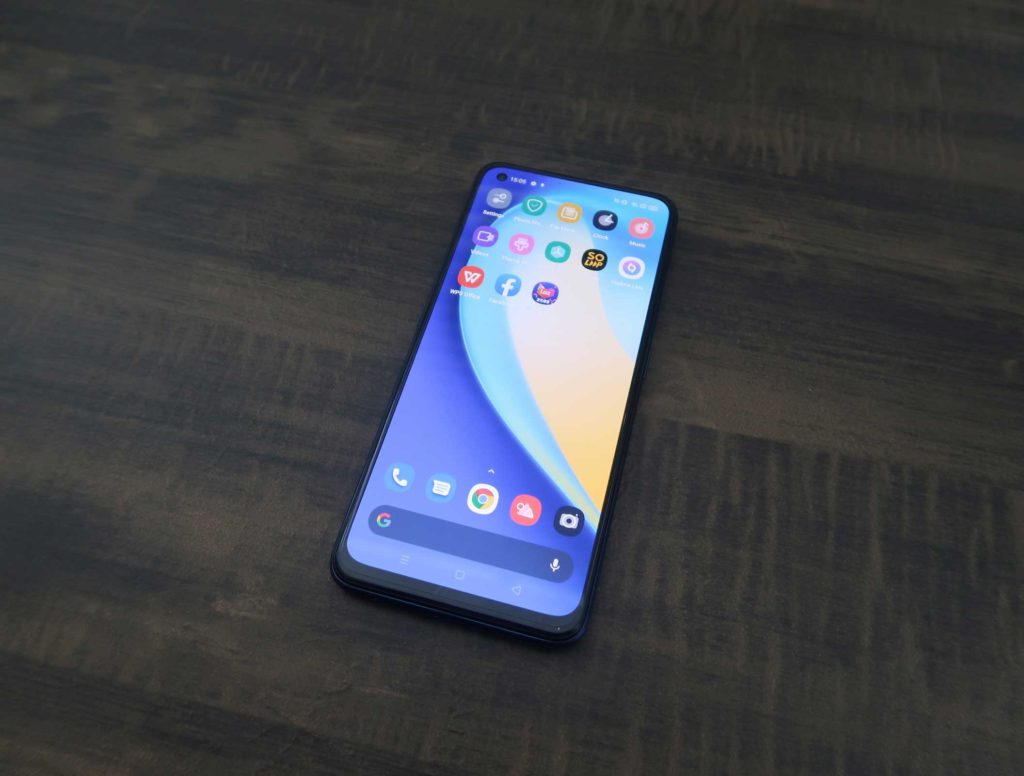
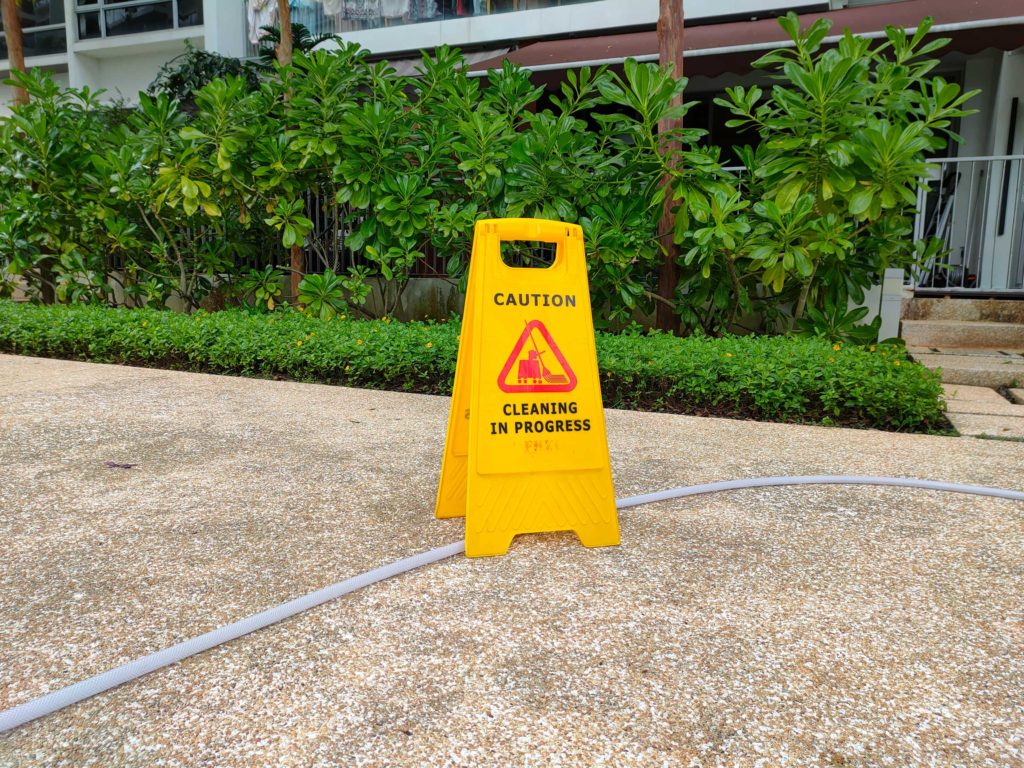

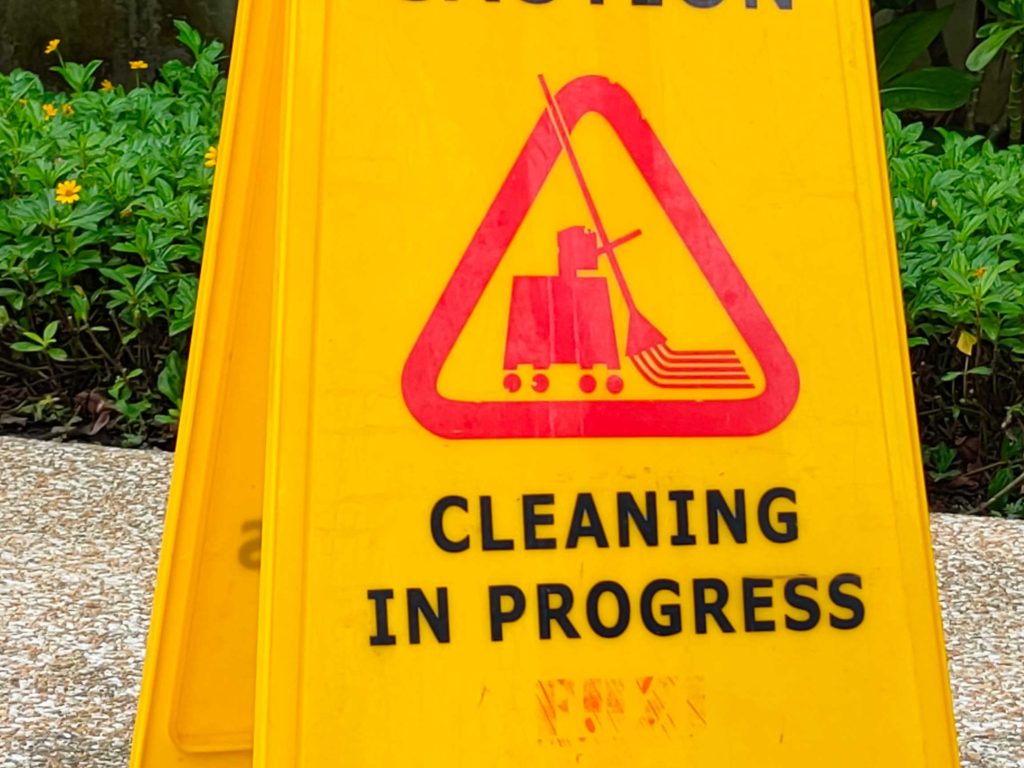
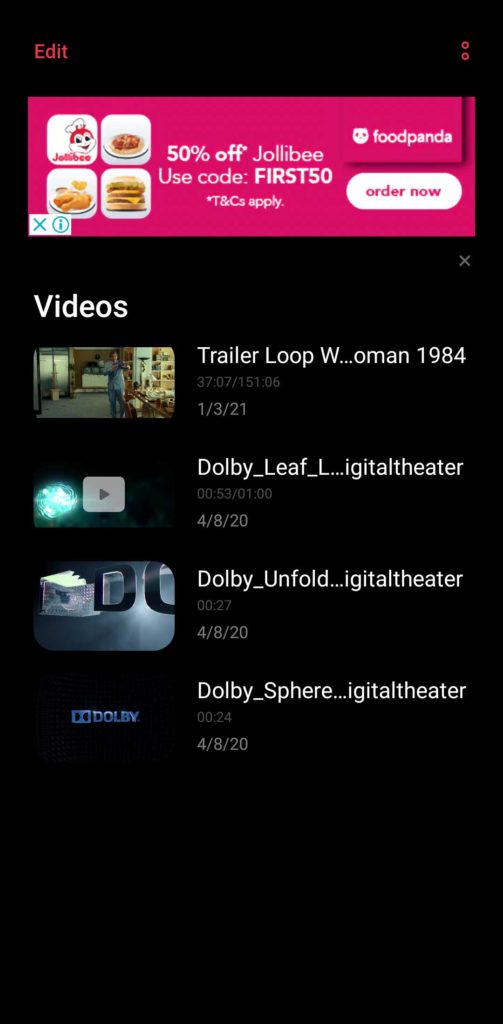
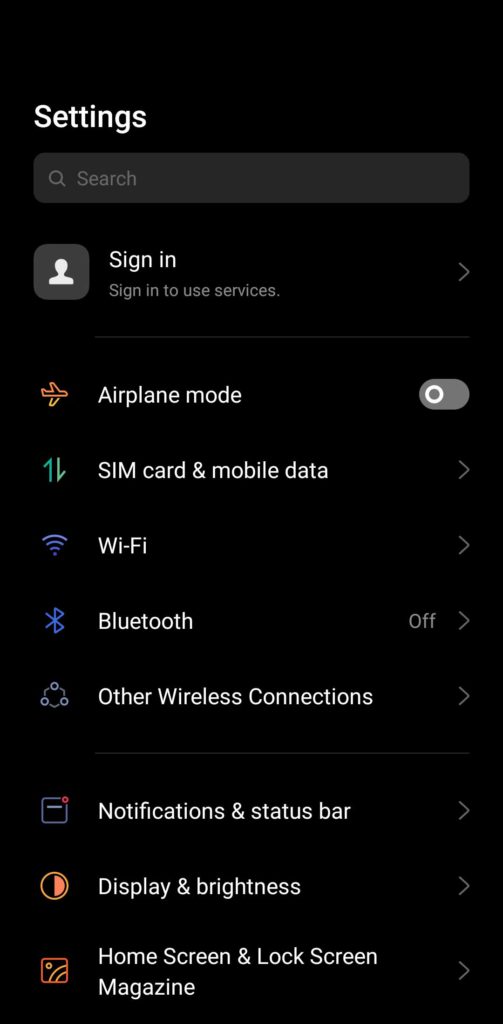




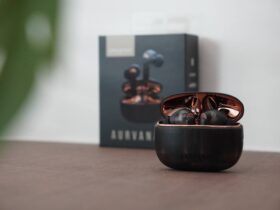
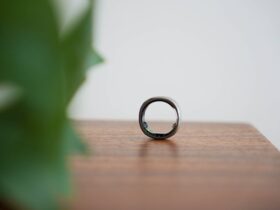
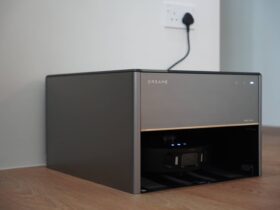
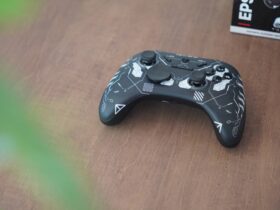
Leave a Reply